Eco-friendly packaging concept made from seaweed wins Lexus Design Award 2016
Dezeen promotion: a prototype packaging product made from seaweed instead of plastic has been named as the Grand Prix winner of this year's Lexus Design Award for emerging designers.
Called Agar Plasticity – a Potential Usefulness of Agar for Packaging and More, the winning project is by a team of three Japanese designers collectively known as AMAM, mentored by British designer Max Lamb – who is known for his experimental approach to materials.
AMAM initially proposed the concept for using gelatinous agar material to create environmentally-friendly packaging, as it is biodegradable and made from a sustainable raw material.
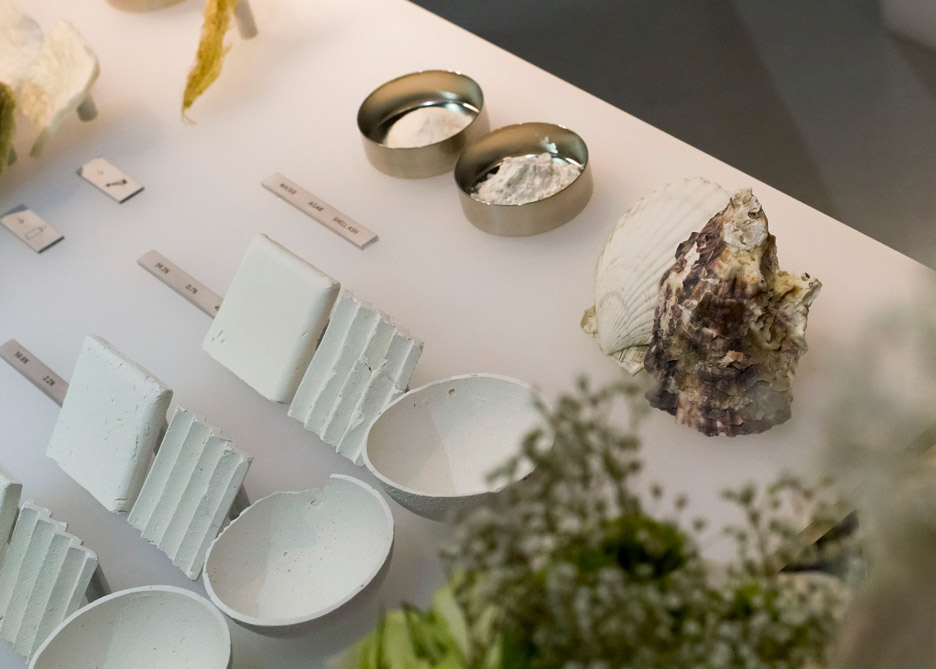
Agar can be sourced from different types of marine algae, including the red seaweed used by the team, which is plentiful in supply and can be easily cultivated.
Since being shortlisted for the award in November, the designers have further developed the concept, and tested the material by sending an agar box containing a perfume bottle from Tokyo to their hotel in Milan.
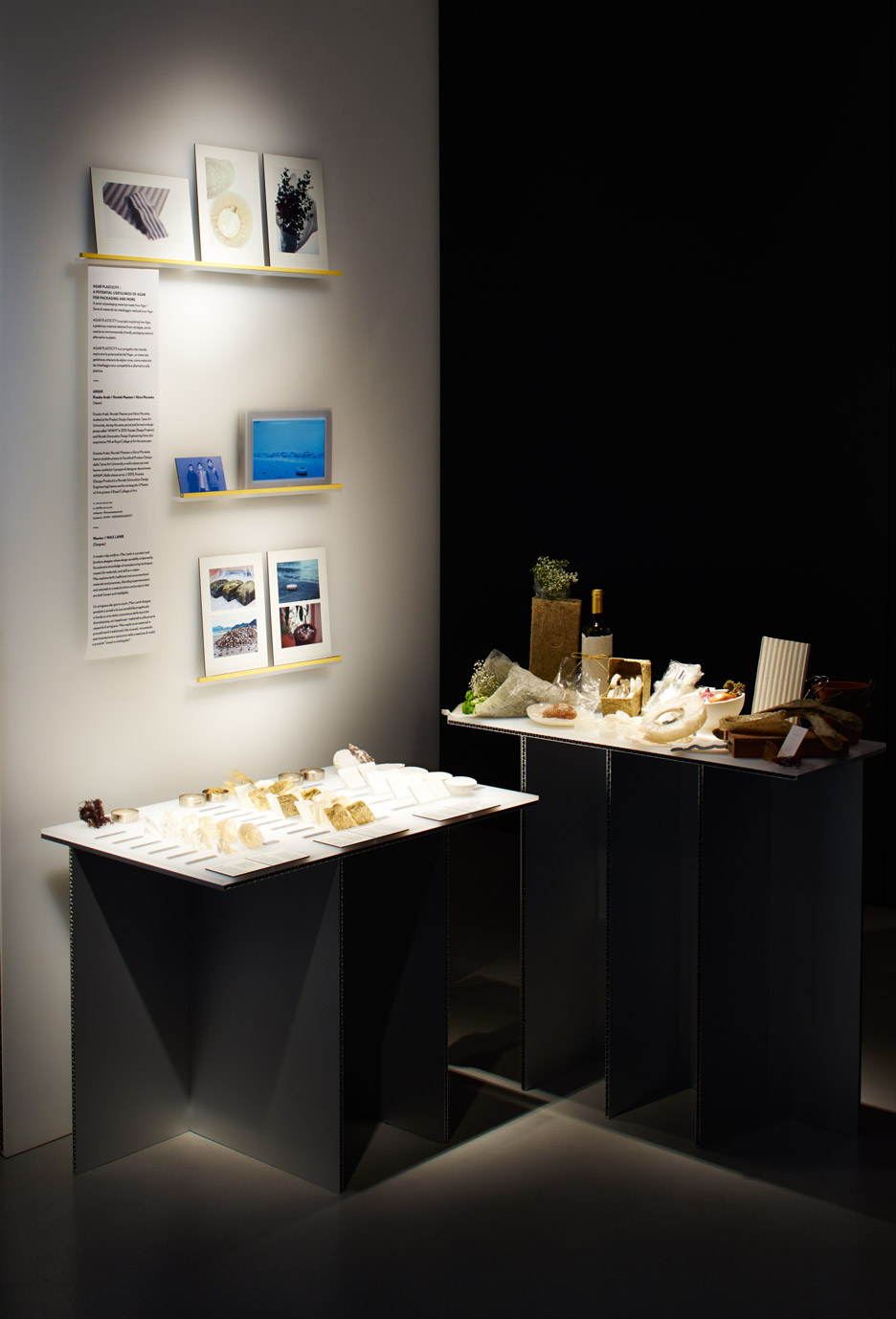
The annual design award, which aims to support young talent, is organised by Lexus International, and the Grand Prix winner was announced last Monday at the Lexus Design Event for Milan design week.
The event space was designed by the Amsterdam-based Italian design duo Formafantasma, and included a tasting experience created by Yoji Tokuyoshi, a Japanese chef based in Milan.
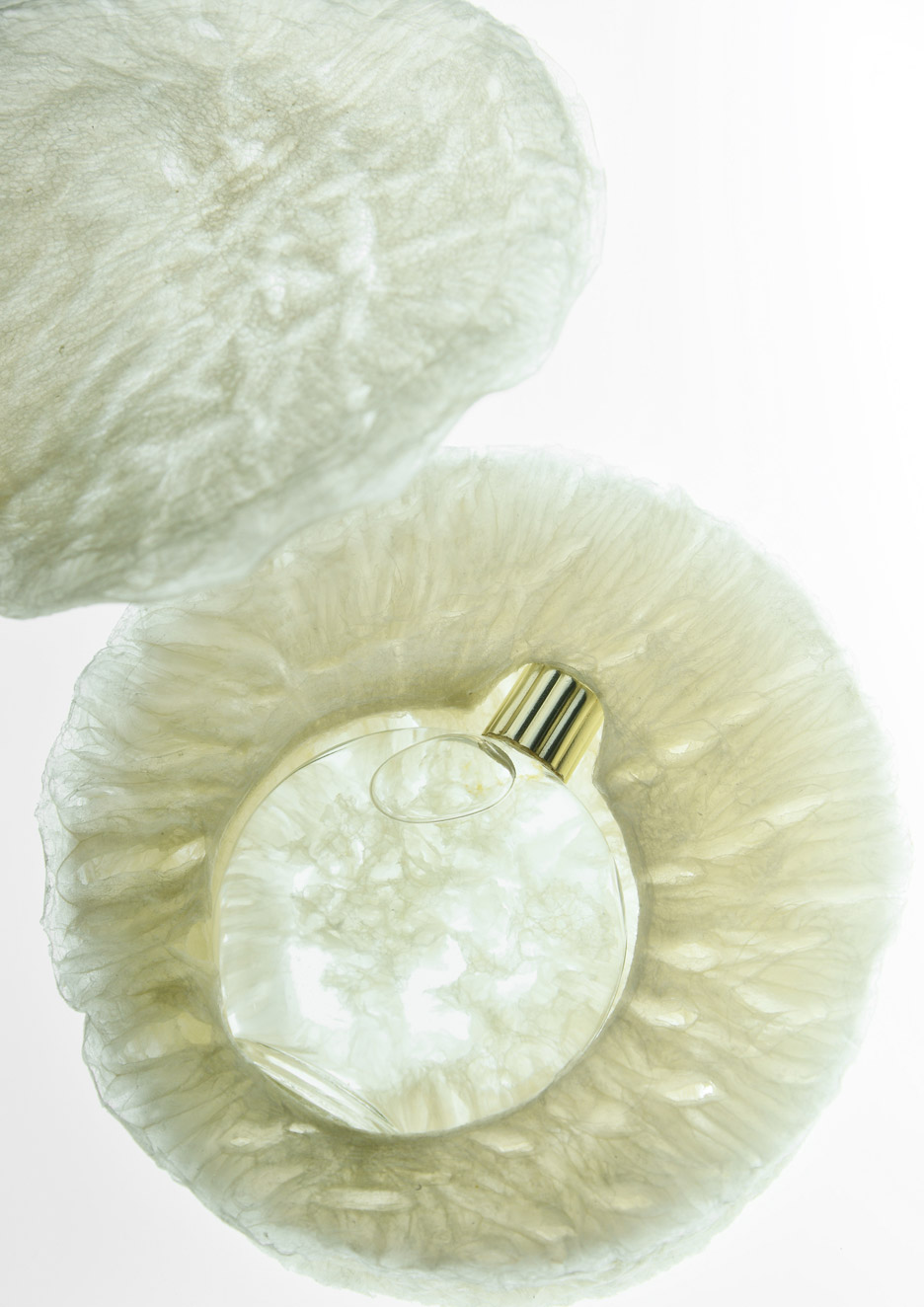
"We want to completely replace plastic products, but in the timeframe we had – we couldn't really industrialise the material," said the AMAM team. "We hope that the backing of the Grand Prix winner of the Lexus Design Award will help us to get some contacts from the industry."
Kosuke Araki, Noriaki Maetani and Akira Muraoka all studied product design together at the Tama Art University, and joined forces to form AMAM in 2015 after Araki and Maetani completed the MA Design and Interactions course at London's Royal College of Art.
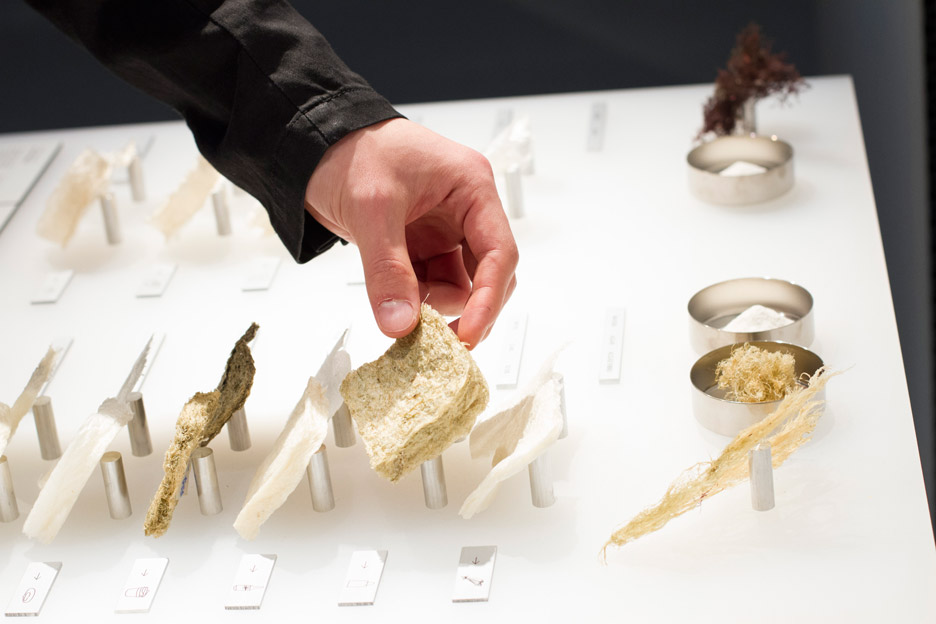
Lamb chose to work with the team as part of the Lexus competition process – which pairs four prototype finalists with mentors who are industry experts – after selecting AMAM's proposal from a longlist of 40.
"It is probably the most pragmatic project there was," he told Dezeen after the awards ceremony. "It was the one that had the most genuine ambitions, and the most genuine desire to solve a problem – and that is the overconsumption and the over disposal of non-biodegradable synthetic materials."
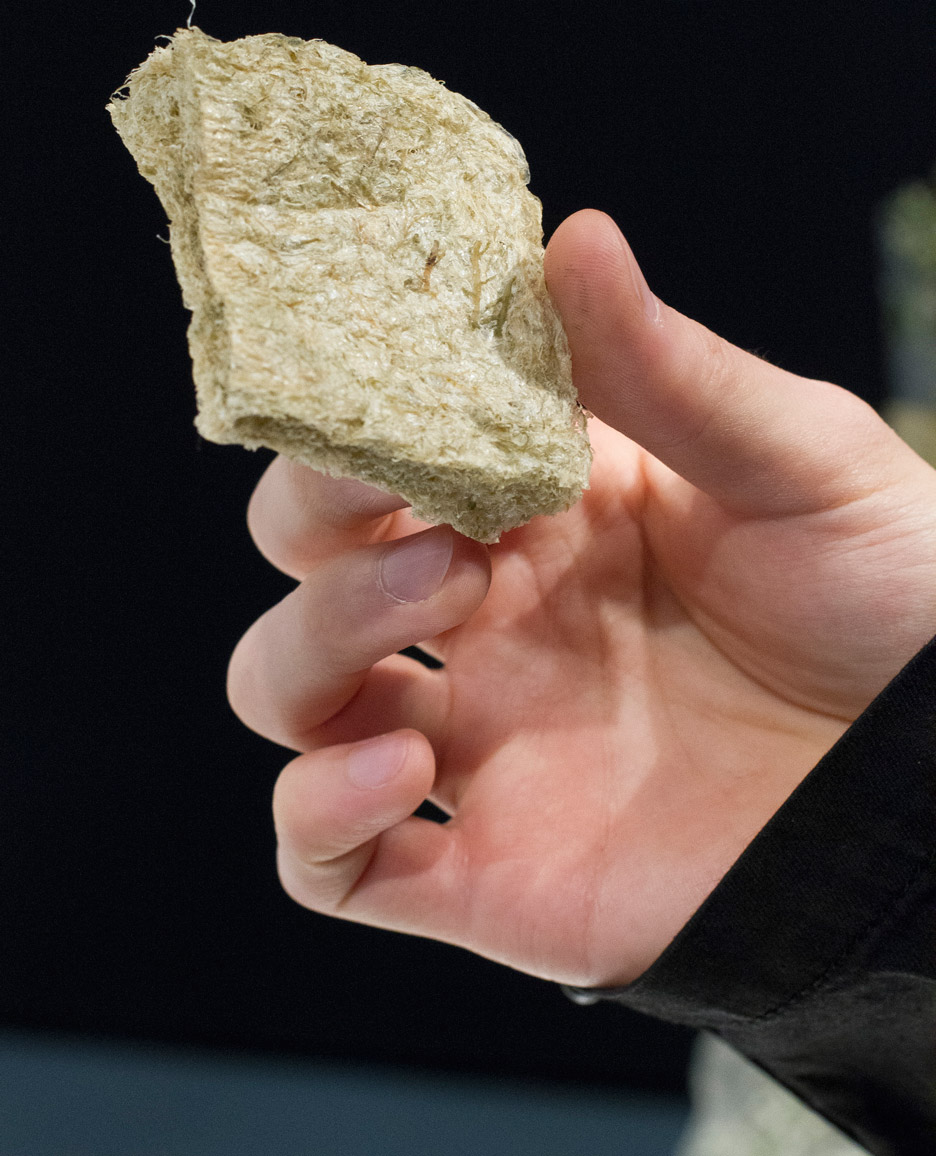
The AMAM team flew to London and spent a day working with Lamb in his studio. They then communicated via Skype and email to develop the project further.
Three other designers were selected to go through a similar mentoring process to help develop their prototypes, and a further eight were also included in the final shortlist. All 12 were on display at the Lexus space.
The three other prototypes were Shape Shifters by Canadian-Italian designer Angelene Laura Fenuta – a modular garment that can be used to create multiple outfits, a block toy for children by Myungsik Jang from Korea called DADA, and TRACE, a clock that uses a light-responsive liquid that discolours to measure the passing of time by Turkish designers Begum Ayaskan and Bike Ayaskan.
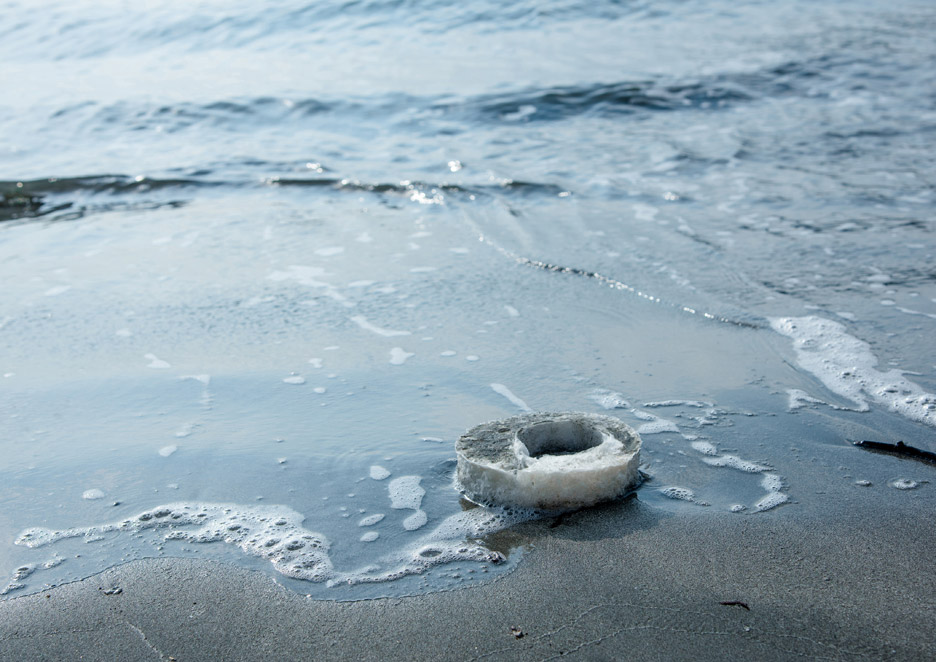
Lexus Design Award juror Alice Rawsthorn said the standard of each of the final projects – which included a shape-shifting dress and a magnetic lamp – was high.
"When we look for a winner, we apply the same criteria as we would when looking at any design project as to whether you think it is exemplary," she said. "Is society better off to have it or will it be, how ambitious is it, how achievable is it, do you have confidence in that team to develop its full potential, is it bold and imaginative?"
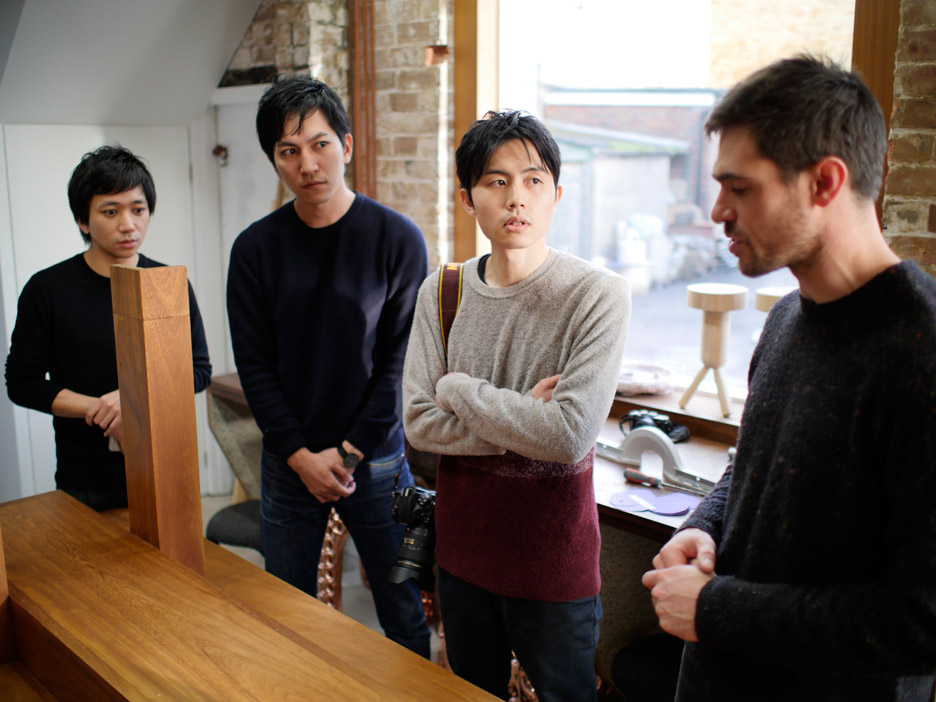
Rawsthorn – an acclaimed design author and critic – said that the Lexus Design Award serves as a way to monitor the topics that young designers are focusing on.
"One of the things that has been very interesting about judging the awards is that it’s almost like an annual barometer of young designers' preoccupations," she said. "Predictably, as a result, over the years more and more designers have focused on social, economic and humanitarian issues."
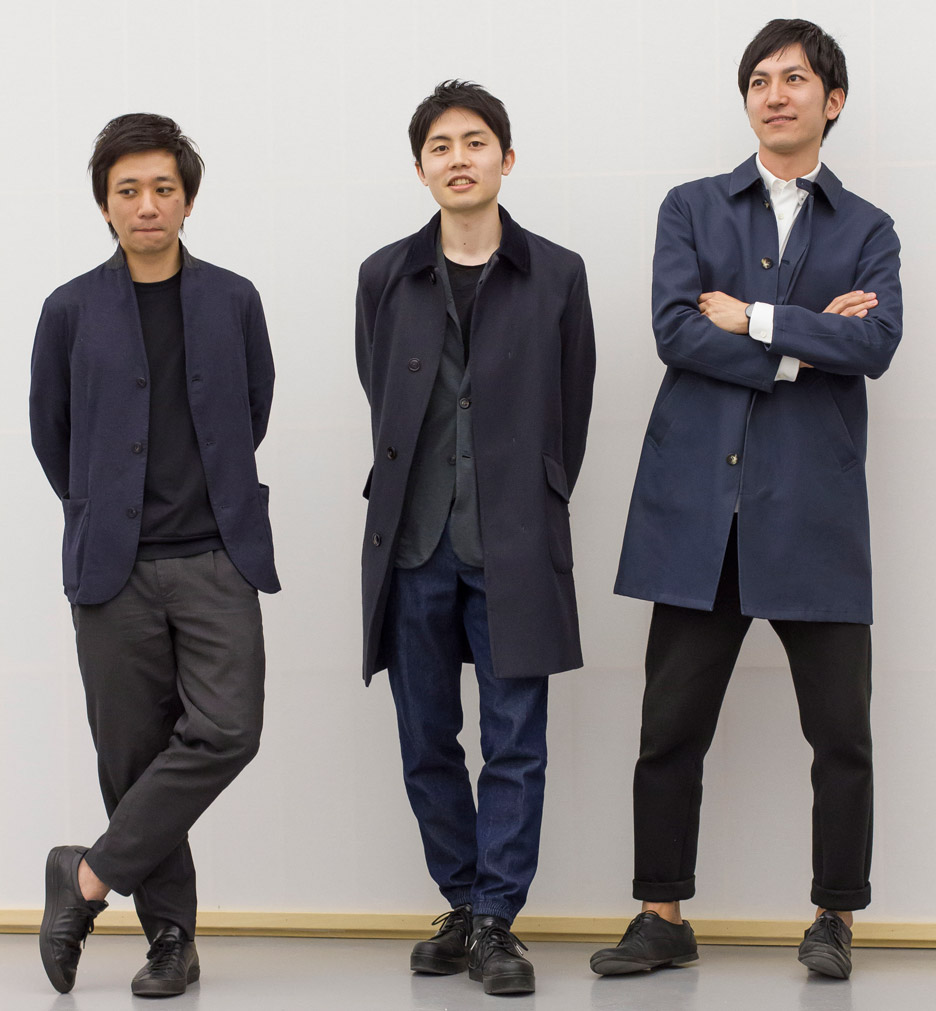
Other jury members included Japanese architect Toyo Ito, New York's Museum of Modern Art senior curator Paola Antonelli, Hong Kong's M+ museum curator Aric Chen, Designboom chief editor Birgit Lohmann, and Tokuo Fukuichi, president of Lexus International.
Agar Plasticity was on show with all of the other finalists at the Lexus Design Event at T32 Torneria/Carrozzeria, Via Tortona 32, from 11 to 17 April 2016.
Find out more about the Lexus Design Award from the dedicated website or via the award's Instagram.